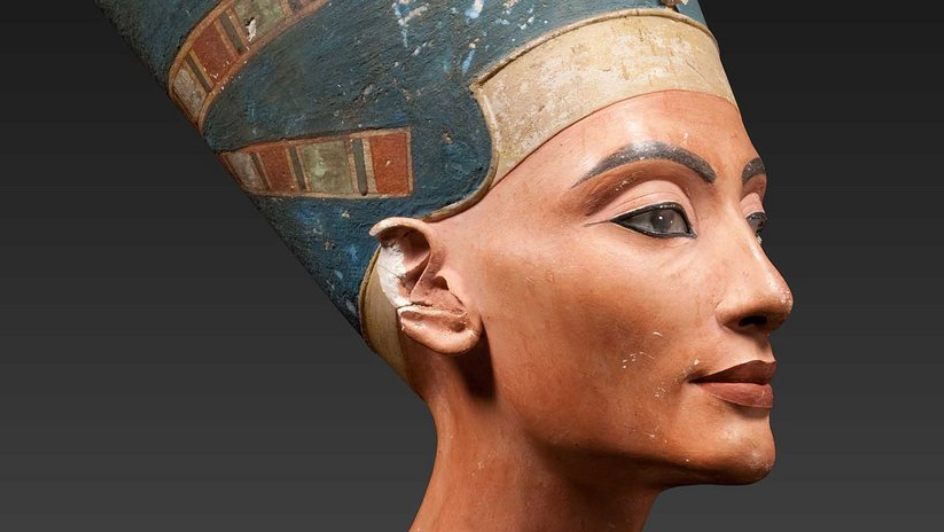#ThrowbackThursday – 7 December

It’s 7 December, and that means it’s time for another edition of Throwback Thursday! Today, we’re taking a look back at three prominent events that went down on this day in history:
1912 – “Description is Useless, Must Be Seen”
Much like the sarcophagus of King Tutankhamun, the bust of Queen Nefertiti is one of the most iconic symbols of Ancient Egypt.
The bust depicts the likeness of Nefertiti, the chief consort of the 14th-century pharaoh Akhenaten, who ruled the Eighteenth Dynasty of Egypt and was the father of Tutankhamun.
On 7 December 1912, German archaeologist Ludwig Borchard unearthed the bust at an excavation site in Tell-el Amarna, Egypt, the location of the workshop of Thutmose – per historical records, Thutmose was the official court sculptor in the employ of Akhenaten. As such, the bust of Akhenaten’s wife (which was said to be sculpted in 1345 BC) is attributed to him.
Made of limestone and stucco, adorned with beeswax and rock crystal, and crowned by an Egyptian blue crown, Borchard described the bust in his diary thus:
“Life-sized painted bust of the queen, 47 cm high. With the flat-cut blue wig, which also has a ribbon wrapped around it halfway up. Colours as if paint was just applied. Work absolutely exceptional. Description is useless, must be seen. Counterpart to the bust of the king from p. 39. Only the ears a[nd] part of the r[ight] side of the wig damaged [sic].”
Despite the damage (including its missing left eye), the bust was in remarkably good condition. It was shipped to Berlin, Germany in 1913, where it survived both world wars. Since 2009, it has been on display at the Neues Museum, where it continues to attract attention, both positive and negative, particularly in light of the calls for its repatriation to Egypt.
1941 – This Means War
On 7 December, approximately 3 500 Americans were killed or wounded when Japan launched a surprise attack on Pearl Harbour, a US naval base located on the island of Oahu, Hawaii.
For a long while, the relations between the USA and Japan were incredibly sour. As a result of Japan’s desire to expand into other Asian territories using military force, the USA placed economic sanctions – including an oil embargo – on the country. To prevent America’s interference in their ongoing war efforts, Japan decided to retaliate in a deadly way.
It was early on Sunday morning when a squadron of Japanese aircraft – approximately 353 aircraft in all, which were launched from four heavy carriers, and included 40 torpedo planes, 103 level bombers, 131 dive-bombers and 79 fighters – attacked Pearl Harbour for up to 75 bloody, chaotic minutes.
The attack saw the deaths of 2 403 Americans (including 68 civilians) and 1 097 getting wounded. Additionally, up to 20 US Navy ships were destroyed or damaged, including the battleship USS Arizona.
The resulting devastation from this day of infamy caused widespread outrage among the American public. And through this outrage, they became resolved and determined to protect their shores – a feeling of mobilising against war was strong.
The following afternoon, President Franklin D. Roosevelt delivered his famous “Day of Infamy” speech to a joint session of Congress, one which was broadcast to the nation who were ready for anything – in it, he expressed his request to declare war on Japan. About 45 minutes later, the declaration was quickly brought to a vote: it passed the Senate, and then passed the House.
President Roosevelt officially signed the declaration that evening. In response, Germany and Italy – both of whom served as allies to Japan – declared war on the USA, which made the latter nation an official combatant in the ongoing second world war.
1968 – The Sins of Our (Great-Grand)Fathers
Many of us have been there: borrowing a book from the local library, keeping it for months (if not years) on end, unintentionally or otherwise, and then summoning the courage to return it in exchange for paying a huge fine.
If you were Richard Dodd of Winmac, Indiana, you’d be in the fortunate minority who never got to pay a fine for an unreturned book that he didn’t even borrow: that “honour” belonged to his great-grandfather, who had borrowed the book from the University of Cincinnati … in 1823!
One hundred and forty-five years later, on 7 December 1968, Dodd returned the book to the university, which probably thought the tome was all but missing or a mere whisper of a mythical manuscript that had disappeared in mysterious circumstances. In any case, Dodd was fined up to $22 646, but the university graciously waived the fee.
Here’s hoping Dodd’s great-grandkids won’t have to do something similar in the year 2113!
Image Credit: Source




















